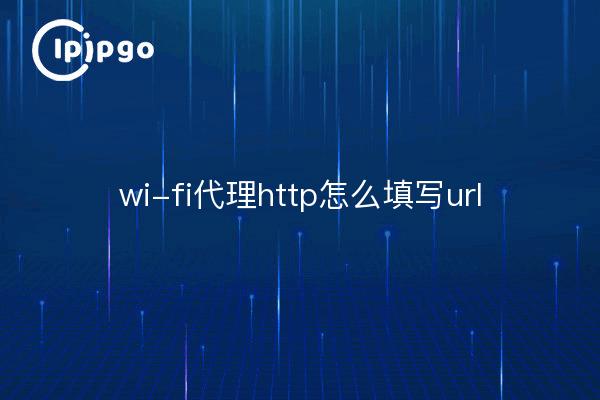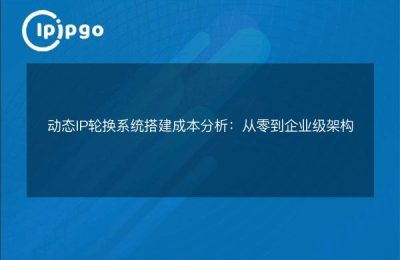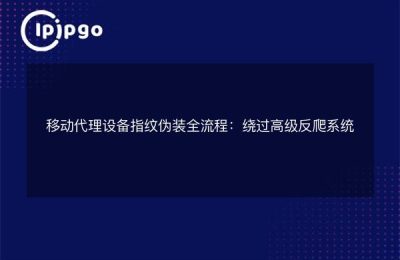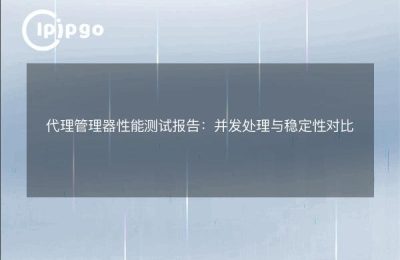
Today I would like to introduce you to Wi-Fi Proxy in terms of filling in URLs. I believe we all know that Wi-Fi proxy HTTP is a technology used in the network environment, which can help us access Internet resources more easily. However, many people are confused about filling in the URL and don't know how to go about it. The following editorial will give you a detailed introduction.
1. Understanding the basic structure of URLs
Before filling out a URL, we first need to understand the basic structure of a URL. As we know, URL stands for Uniform Resource Locator and it consists of a series of components. While filling the URL, we need to pay attention to the following points:
- Protocol: The protocol part of the URL refers to the network protocol used to access the resources, such as HTTP, HTTPS, etc. Generally, we choose to use the HTTP protocol to access web resources.
- Domain name: The domain name part of the URL refers to the host name of the website or server, such as www.example.com. When filling out the URL, we need to make sure that the domain name is correct and that it includes the www prefix.
- Path: The path part of the URL refers to the path where the resource is stored on the server. Generally, we can fill in the path part directly based on the page structure of the website.
2. Wi-Fi Proxy HTTP Filling
When we need to fill in the URL when using Wi-Fi proxy HTTP, we can do it as follows:
- Open your Wi-Fi settings screen, find the Wi-Fi network you are connected to in the Wi-Fi list and click to go to the details page.
- On the details page, we can find the option Wi-Fi Proxy. Usually, we can set the Wi-Fi proxy to manual mode for custom configuration.
- In the Wi-Fi proxy settings, we can see the option to fill in the URL. Generally, we can fill the URL as the IP address or domain name of the server. If you are not sure about the IP address of the server, you can get it by ping command.
- After filling the URL, we need to click on the Save button and then reconnect to the Wi-Fi network.
3. Example code
Below is a sample code to help you better understand how the Wi-Fi proxy HTTP should operate in the process of filling in the URL:
const proxyUrl = 'http://www.example.com'; // URL of the proxy server
const targetUrl = 'http://www.target.com'; // URL of the target server
const proxyRequest = new XMLHttpRequest();
proxyRequest.open('GET', targetUrl, true); proxyRequest.setRequest('GET', targetUrl, true); proxyRequest.open('GET', targetUrl, true)
proxyRequest.setRequestHeader('X-Proxy-Url', proxyUrl); // add the URL of the proxy server to the request header
proxyRequest.send();
proxyRequest.onreadystatechange = function() {
if(proxyRequest.readyState === 4 && proxyRequest.status === 200) {
console.log(proxyRequest.responseText); // Output the data returned by the proxy server.
}
};
In the above sample code, we use the XMLHttpRequest object to send a GET request to the target server, and also add the URL of the proxy server in the request header. this way, we can access the resources of the target server via Wi-Fi proxy HTTP.
To summarize, through the above introduction, we should have a clearer understanding of filling URLs in Wi-Fi proxy HTTP. In the process of filling in URLs, we need to understand the basic structure of URLs and follow the relevant steps. I hope the above content is helpful, thanks for reading!








